Spicy Beef and Onion Pasties (with Spelt Pastry)
There’s something deeply satisfying about a hearty savoury pastry, and these rustic spicy beef and onion pasties are no exception. Wrapped in a homemade spelt pastry that’s tender yet sturdy, they’re filled with beef, onions, and green peppers, all brought to life with a bold kick of Worcestershire sauce and warming spices.
Whether you’re after a comforting meal or a flavour-packed snack, these pasties deliver on both heartiness and heat – perfect for making ahead or enjoying fresh from the oven.
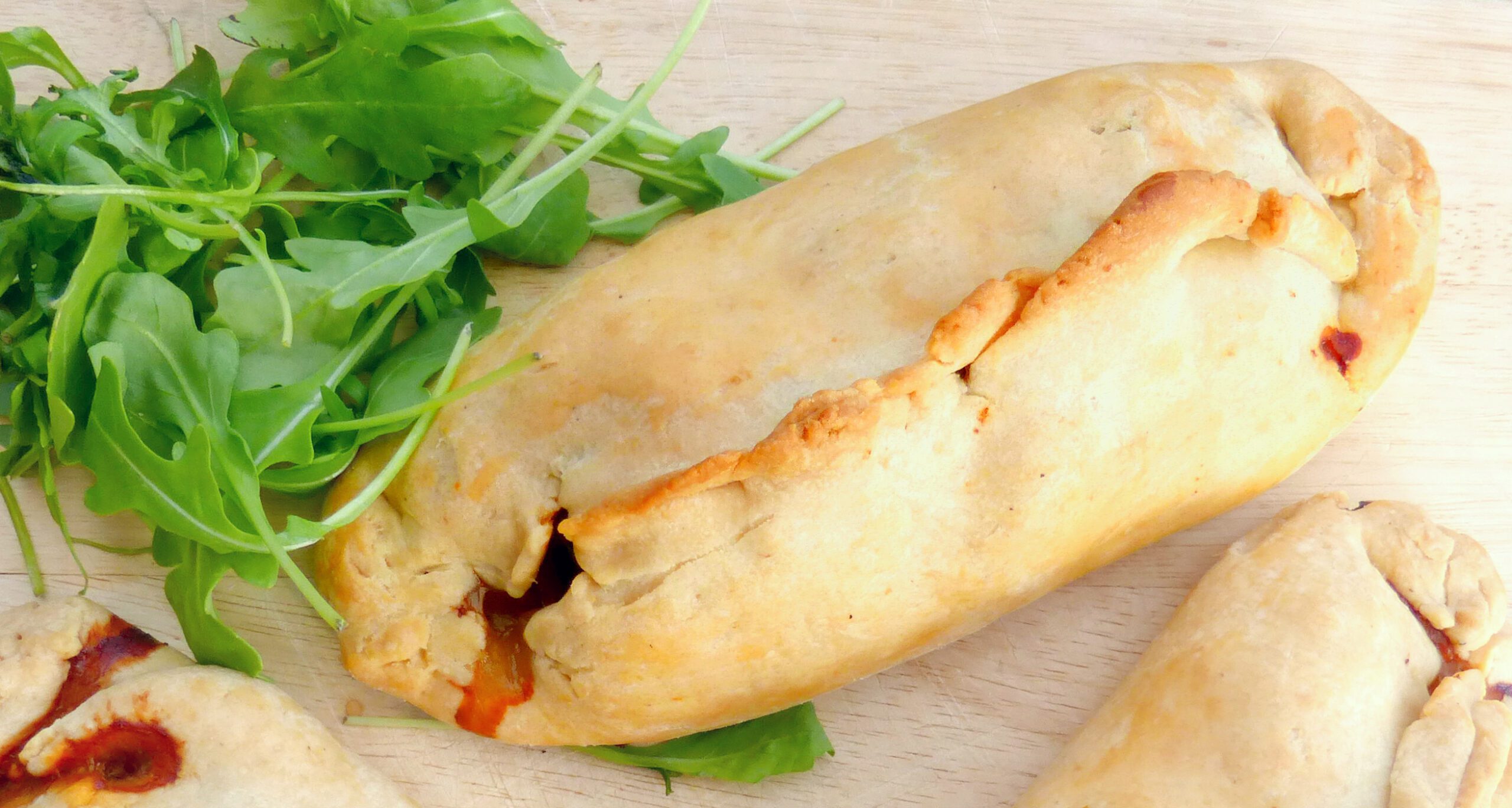
|
|
| What is a pasty? |
| What beef is used in pasties? |
| Vegetarian options |
| Spelt flour pastry |
| Can I use shop bought pastry? |
| More spelt pastry recipes |
This recipe is a nostalgic favourite from my former blog, The Culinary Jumble, first shared in May 2016. The images have been refreshed, and the recipe has been updated to include spelt flour. The original version used all-purpose (plain) flour, but since spelt pastry has become my go-to, I’ve adapted it accordingly. That said, you can easily use any flour you prefer, even a gluten-free blend, and still achieve delicious results.
The measurements below make four generous pasties. My eleven-year-old, who eats like a horse, polished off a whole one (and still wanted more), while my slightly less ravenous nine-year-old could only manage half. If you have younger family members, you might want to consider making six smaller pasties instead.
What is a pasty?
A pasty is a hand-held savoury pastry filled with a variety of ingredients, sealed by folding the dough over the filling and crimping the edges before baking. While the most well-known version is the Cornish pasty, pasties in general come in many forms, with different meats, vegetables, and seasonings used depending on personal taste and regional variations.
While the Cornish pasty is most famously known for its D-shape, other pasties can be crimped along the top. The crimping method varies depending on the region and tradition, but the key feature is always a thick, sturdy pastry designed to hold the filling securely. The important thing to remember is that pasties are meant to be rustic, so don’t worry about perfection. How you form them doesn’t matter too much as long as they’re filled and sealed.
Unlike the traditional Cornish pasty, my version is definitely not following any rules: no potatoes here. In fact, it’s far from the mild, humble filling you might expect. Instead of being a bit bland (let’s be honest, who needs that?), it packs a serious punch with the bold flavours of Worcestershire sauce, chilli powder, cumin, paprika, and just a pinch of cayenne to give it a proper kick.
What beef is used in pasties?
Flank steak is a popular choice for pasty fillings due to its rich, beefy flavour and tenderness when sliced thinly. While a traditional recipe often calls for flank steak, it can easily be substituted with other cuts like skirt steak or even sirloin, depending on what you have available. These cuts still offer a satisfying, hearty flavour that makes pasties so delicious and satisfying.
Vegetarian options
For those who prefer a vegetarian option, you can easily swap the beef for a variety of ingredients. Think hearty vegetables like mushrooms, peppers, or a mix of root vegetables, or even a combination of cheese and onion for a classic filling. Although I no longer eat meat, I wanted to keep this recipe as it is because it’s such a great one, and I love the spicy kick it brings.
Spelt flour pastry
Spelt flour is a fantastic choice for homemade pastry, thanks to its naturally nutty flavour and slightly sweet undertones. It has a softer gluten structure than regular wheat, making it easier to work with and yielding a beautifully tender, crumbly texture. Spelt’s natural nuttiness enhances the richness of a classic shortcrust, adding depth to both sweet and savoury bakes.
Whether you’re new to spelt or a long-time fan, you’ll find that it makes an effortlessly delicious and easy-to-handle pastry—perfect for rustic pies, tarts, and pasties like these. Best of all, there’s no need to amend recipes—spelt flour works as a simple one-to-one swap for regular flour, making it an easy way to add extra flavour and goodness to your bakes.
Can I use shop bought pastry?
I personally prefer making my pastry from scratch, and this recipe is so easy to follow (even for beginners). But let’s be honest, I do cheat at times, especially when I’m short on time or just want to keep things easy. This is particularly true with puff pastry. I have never made it and have no intention of ever doing so! If you’d rather skip the rolling pin and buy your pastry, there’s absolutely nothing wrong with that. You can use shop-bought shortcrust or even puff pastry, and your pasties will still turn out delicious.
If you love baking with spelt pastry, you’ll find plenty more delicious recipes on my blog:
- Dark chocolate raspberry tartlets
- Chocolate pastry
- Salmon and asparagus quiche
- Cheese, potato and onion spelt pasties
- Homemade jam tarts
- Chicken and ham individual pies
- Västerbotten cheese and onion galette
- Wholemeal spelt quiche
Spicy Beef and Onion Pasties (with Spelt Pastry)
Ingredients
Pastry:
- 340g (2⅚ cup) flour (see note 1)
- 170g (⅔ cup) butter (cold and chopped into small pieces)
- 1 tsp salt
- 6-8 tbsp cold water
Filling:
- 1-2 tbs oil (for frying)
- 700g (25 oz) beef (see note 2)
- 1 small green pepper (chopped)
- 1 onion (chopped)
- 2 tbsp ketchup
- 1 tbsp Worcestershire sauce (see note 3)
- 1 tbsp water
- ½ tsp cumin
- 1 tsp paprika
- 1 tsp chipotle chilli powder
- pinch cayenne (adjust to personal taste)
- sea salt and pepper
Instructions
Pastry:
- In a stand mixer, add the flour and salt, then add in the butter (see note 4).
- Work the ingredients together until the mixture resembles breadcrumbs.
- Add 3 tbsp tablespoon of water and work into the dough. Then, gradually add a further half a tablespoon at a time, just until the dough comes together. Be cautious—it's easy to add too much water, but difficult to correct.
- Form the dough into a ball, place it back in the bowl, cover with cling film, and refrigerate while you prepare the filling.
Filling:
- Heat the oil in a large frying pan. Add the onions and cook until softened.
- Add the green pepper, followed by the beef. Fry until the meat starts to brown.
- In a small bowl, mix the Worcestershire sauce, ketchup, water, and remaining dry ingredients until combined.
- Pour the mixture over the beef, stir to coat evenly, and cook for another 1-2 minutes.
- Set aside to cool.
Assembly:
- Pre-heat the oven to 200°C (400°F).
- Divide the pastry into four (or six) equal portions and roll each into a thin, rough circle.
- Place the filling along the centre of each circle, leaving space around the edges. Be careful not to overfill, as you’ll need to pull both sides up to seal.
- Bring the long sides together and pinch them to seal. You can use a little water if needed, but I found it unnecessary.
- Fold over the edges to create a secure seal. Some juices may escape during baking—this is normal.
- Place the pasties on a well-greased or parchment-lined baking tray and bake for about 20 minutes.
- Reduce the oven temperature to 175°C (350°F) and continue baking until the pasties are golden brown, about 15-20 minutes.
- Remove from the oven and allow to cool slightly before serving. Enjoy warm with chips, mashed potatoes, or on their own as a snack—or let them cool completely and eat them cold.
Notes
- You can use all-purpose (plain) flour or even a ready-blended gluten-free flour. Just follow the same measurements.
- You can use any beef or meat. I blitzed my beef in a food processor to create small chunks, but you could leave it in strips or even use minced (ground) beef.
- If you don’t have Worcestershire sauce, HP sauce makes a good substitute. Alternatively, you can simply omit it.
- I make my pastry in a stand mixer, but you can easily mix it by hand using the "rub-in method."
2 thoughts on “Spicy Beef and Onion Pasties (with Spelt Pastry)”
Leave a Reply


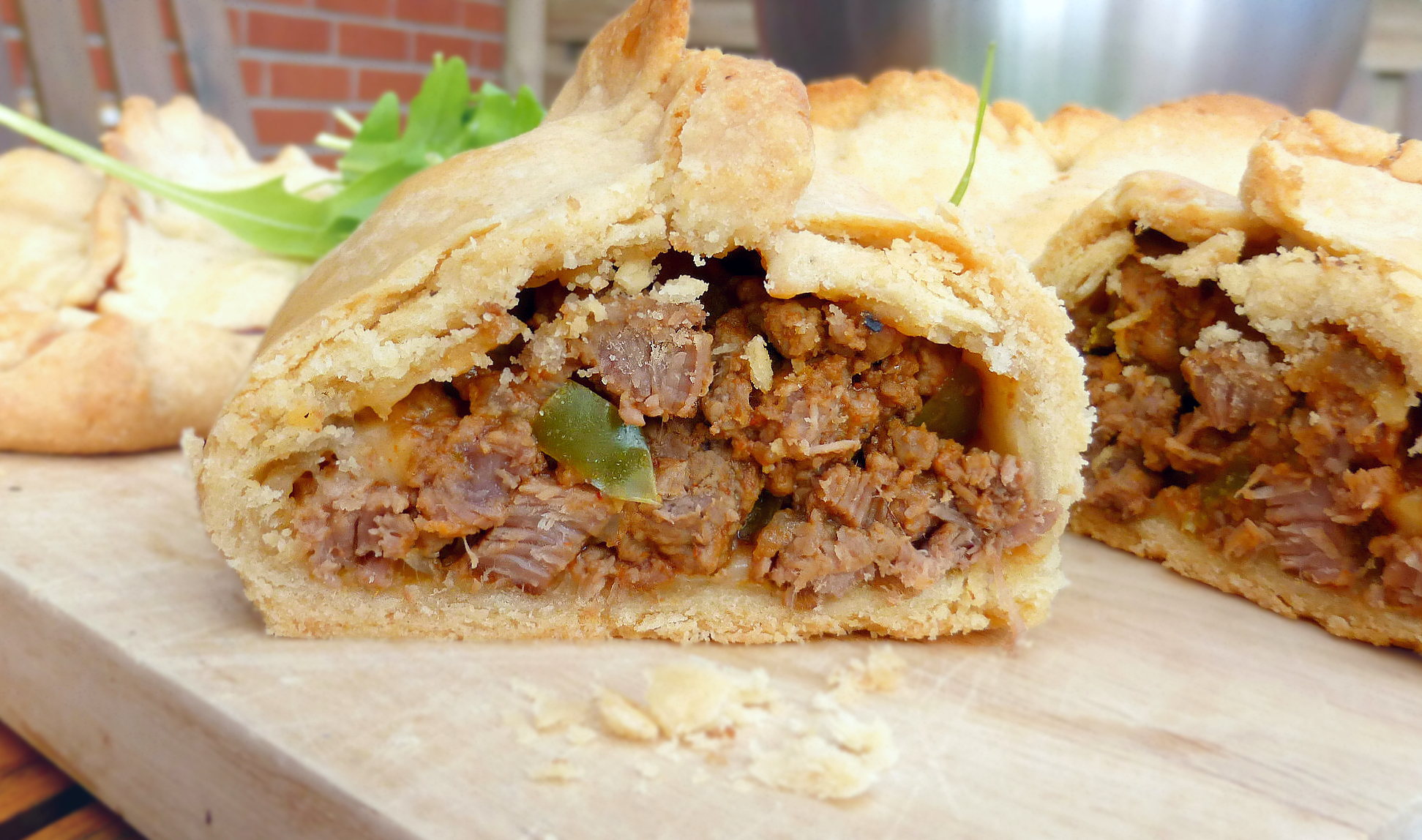

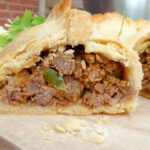


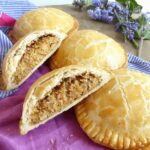
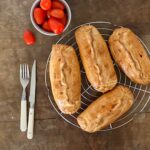
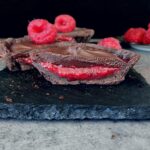
I used the weight measurement on the pie dough and needed double the water for the dough to come together. I did have all the ingredients very cold so don’t know if that also added to the need for more water.
Hi Lisa!
Thank you for letting me know. I think the problem has occurred because this is an old recipe that I have just moved over to the blog. The original recipe was made with regular flour, which requires less water. I did check everything in the recipe, but missed that it had more flour/butter than I usually use. You are quite right, it would have needed more water than 5 tbsp. Although I am clear in saying that you need to add as much water as required, it definitely needs amending. In my larger batches of pastry, with 500g of spelt flour, I use up to 150ml, so yes, the 4-5 tbsp would not be enough. Thanks for the heads up!